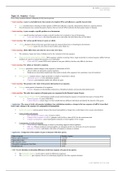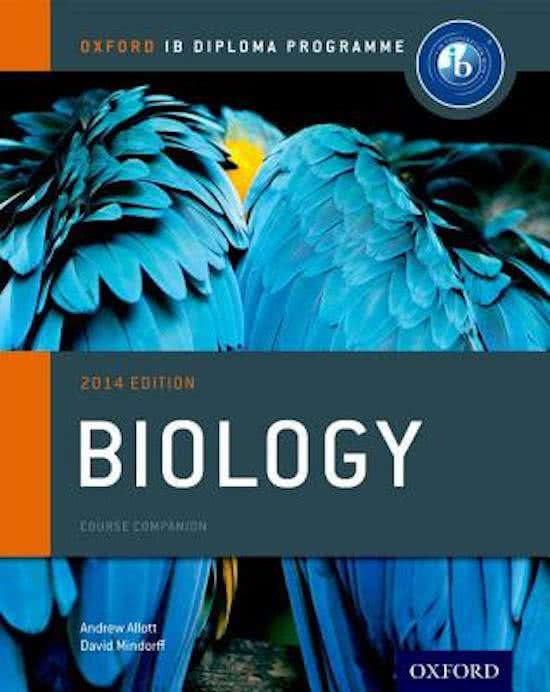Summary
Summary IB Biology Topic 3: Genetics
- Module
- Institution
- Book
Detailed objective-by-objective summary notes for Topic 3: Genetics for IB Biology SL/HL. Contains information on everything you need to know from 3.1 to 3.5, according to each understanding, application or skill. Written by a IB HL Biology student who graduated with a 45/45.
[Show more]




